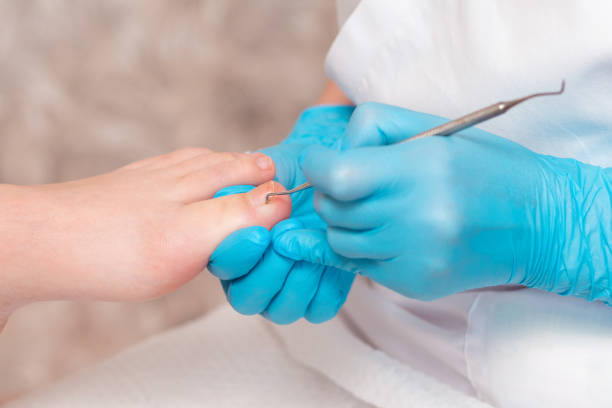Optimising Your Osteopathy Clinic’s Website: SEO Strategies for Greater Visibility
Unlock the potential of SEO to boost your osteopathic practice’s visibility in search engine results. Embracing a professionally designed website can enable you to make a significant impact and encourage patient interactions in the digital age.
SEO for Osteopaths
The number of osteopaths has risen, making the competition to attract new patients stiffer than ever. However, using the right marketing strategies can help your osteopathy clinic stand out from the crowd and improve your profitability.
The first step is ensuring your website is optimised for the keywords clients are searching for. Search engines look at a site’s structure, content, and links to identify the best matches for users’ queries. By optimizing your website, you can increase its visibility on SERPs, and this can lead to more patients and improved revenue.
Another important strategy is promoting your services through social media channels. This allows you to reach potential customers in a more targeted way, as you can choose who sees your adverts and how they are displayed. For example, you can create a Facebook campaign that targets people who live in your town and within a certain radius, as well as those who have an interest in health and wellness.
Providing educational resources for your patients is also an effective marketing strategy. By educating your patients about common musculoskeletal conditions and the benefits of osteopathic treatment, you can build trust and loyalty. This can ultimately lead to increased referrals and sustainable growth for your osteopathy business.
Investing in SEO for osteopaths‘ clinics can make all the difference when it comes to attracting new clients. Our healthcare SEO specialists can help you develop a comprehensive digital marketing strategy that will boost your online visibility and drive traffic to your website. Contact us today to find out more about how we can help you grow your business.
Osteopathy Website Design
Osteopaths are medical professionals who use manual ‘hands-on’ techniques to help improve the overall health of a client. Using the body’s natural ability to self-heal, osteopaths work with the structure and function of the skeleton, muscles, ligaments, and connective tissues. They diagnose and treat a wide range of musculoskeletal problems, including back pain, neck pain, shoulder pain, joint stiffness, and headaches.

Having an osteopathy website design, especially when it comes to marketing online. As the number of people searching for osteopaths grows, it is becoming more competitive for them to find new clients. Without a website, it can be difficult for potential customers to find the information they need to book an appointment, learn more about the services offered, and build trust.
The best websites for osteopaths have a beautiful, user-friendly layouts and offer important information in an organised manner. They also provide clear calls-to-action and links to further patient resources. All of this helps patients feel confident in making an appointment.
One way to get started with online marketing for osteopaths is by creating content on social media and sharing it with potential patients in their local area. Posting short and snappy videos, tips and tricks, client stories (with permission), and running competitions are all great ways to start a conversation with your audience.
It is also a good idea to make sure that your business’s name and contact details are visible in local directories for osteopaths. Many local towns, cities, and counties will have a list of local businesses – some of these are listed by the governing body of the profession, others are independently managed. Adding your site to these lists can be a quick and easy way to increase exposure. Social media can be another effective method of advertising for osteopaths – Facebook in particular offers a very detailed and targeted way to reach prospective customers, based on their age, location, and interests.
Medical Marketing Agency
The internet provides a fantastic opportunity to showcase your medical practice and the services you offer to clients. The key is to optimise your website so that you are found by the right people looking for what you have to offer.
A medical marketing agency is the best way to get this done. These companies have a lot of experience in marketing healthcare websites and know how to make them perform well online. They also understand the needs of the healthcare industry and what patients expect when they search for a service online.
In addition, a medical marketing agency will be able to create a comprehensive strategy for your online healthcare presence. This will include SEO, content creation, and social media marketing. It will be designed to reach the right people at the right time to maximize your potential for growth and client retention.
The other benefit of working with a medical marketing agency is that they will have the expertise to do what it takes to achieve greater visibility on Google. This includes things like citations, directory listings, and having your website featured on university websites. This type of exposure signals to Google that your site is a trusted resource for the particular keywords you are targeting.
It is important to work with a medical marketing agency that has a high-level understanding of the current healthcare ecosystem, patient journey, and physician competition. This will ensure that they can provide competitor analyses and develop effective marketing strategies that will influence patients to choose your medical clinic over other options.
It is also important to work with a medical marketing agency with a proven track record. This will help you avoid getting scammed or taken advantage of by a company that does not have the experience and expertise to deliver the results you are expecting.


